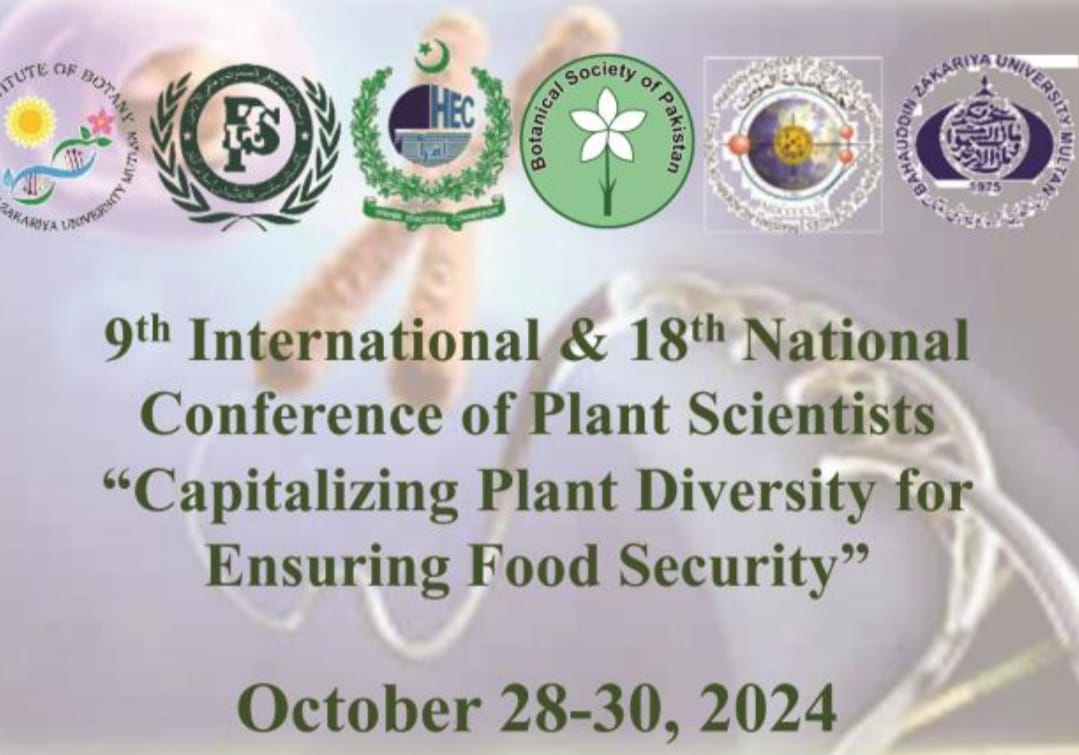PJB-2025-232
IN SILICO METABOLIC PATHWAY REPROGRAMMING IN THE WHEAT RHIZOSPHERE UNDER DROUGHT STRESS: COMPARATIVE INSIGHTS FROM PAKISTAN-13 AND DHARABHI-11 VARIETIES
Sohail Ahmed
Abstract
Drought stress poses a significant threat to global wheat production and calls for a comprehensive understanding of plant metabolic adaptations, particularly within the rhizosphere. This study aimed to elucidate the metabolic pathway reprogramming in the wheat rhizosphere under drought conditions by performing an in silico analysis on two contrasting wheat varieties: the drought-sensitive Pakistan-13 and the drought-tolerant Dharabhi-11. Metabolite profiles were obtained using gas chromatography–mass spectrometry (GC-MS) and further analyzed through advanced computational methods to assess pathway enrichment and topology. Our findings reveal that both genotypes activate central metabolic pathways, including Aminoacyl-tRNA Biosynthesis and Alanine, Aspartate, and Glutamate Metabolism, which are integral to nitrogen assimilation and protein synthesis. However, Pakistan-13 exhibited a high impact in a limited number of pathways, while critical stress-responsive processes such as Proline Biosynthesis and ROS Detoxification were underrepresented. In contrast, Dharabhi-11 demonstrated a robust and diversified activation of its metabolic networks, with enhanced engagement in the TCA cycle, branched-chain amino acid metabolism, and antioxidative defense systems. These differences underline the superior drought tolerance of Dharabhi-11 and indicate that an efficient, integrated metabolic response is essential for maintaining cellular homeostasis under water-deficit conditions. The insights from this study not only advance our understanding of rhizosphere metabolic dynamics under drought stress but also provide a strategic framework for targeted metabolic engineering and breeding. Such interventions could narrow the resilience gap between susceptible and tolerant varieties, ultimately contributing to the development of future climate-resilient wheat cultivars.
To Cite this article:


